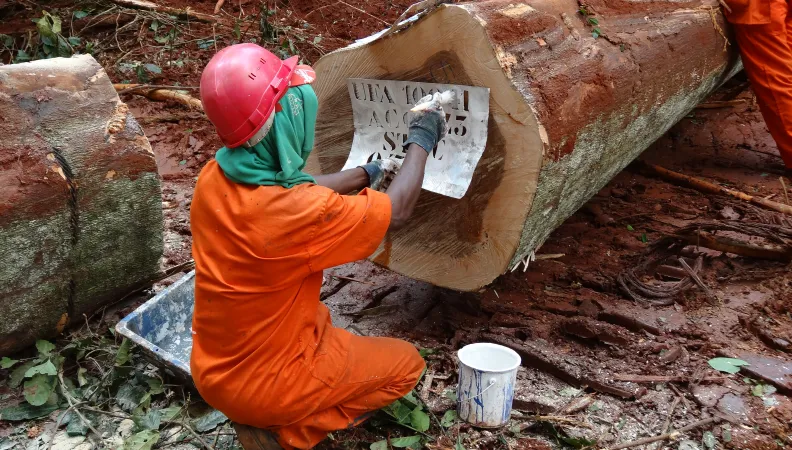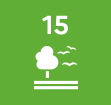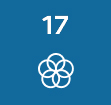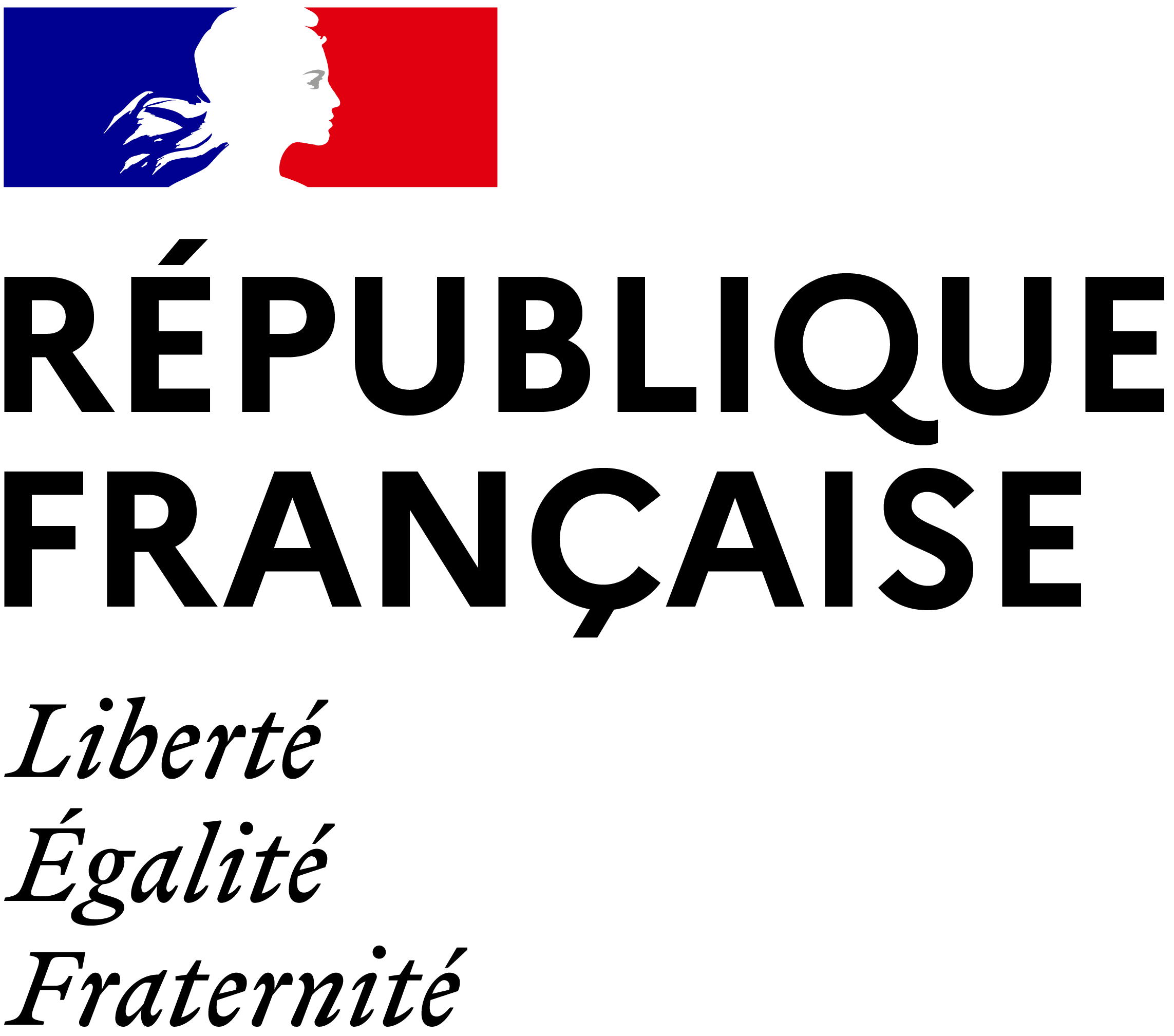Share the page
Toward more sustainable forest planning in support of biodiversity (DynAfFor)
Project


-
Project start date
-
Status
Completed
-
Estimated date of project termination
-
-
Project financing date
-
-
Financing duration
-
5 years
-
Type of program
-
FFEM
-
Global financing amount
-
6800000 €
-
FFEM financing amount
-
2540000 €
-
Project lead member institution(s)
-
AFD
-
Country and region
-
Cameroon, Democratic Republic of the Congo, Central African Republic
-
Type of financing
-
Partners
-
CIRAD
-
Beneficiaries
-
ATIBT



Rich in important biodiversity, the dense forest of the Congo basin is under serious threat from human activities. Supported by the FFEM, the innovative DynAfFor project seeks to implement sustainable, responsible and coordinated management of this ecosystem.
Context
Located across 5 countries in Central Africa, the dense Congo forest covers some 160 million hectares[MA1] . While this ecosystem represents 10% of global biodiversity, the flora of the low altitude forests comprises almost 3,000 endemic vascular plant species. Exceptional biodiversity that is currently under grave threat: strong population growth exerts increasing pressure on the forest (demand for agricultural land, wood for fuel, etc.).
Supported by the FFEM, the DynAfFor project makes forest planning in the region more sustainable, using an inclusive methodology for all parties involved to improve forestry practices.
Description
The project is structured around 3 main areas:
- Improving the sustainability of forest planning through better scientific understanding of the environmental factors influencing forest dynamics, and of the impact of forestry on this dynamic and on carbon fixing.
- Honing current forest planning practices by tightening planning calculations, developing specific tools for private operators to monitor the forest dynamic, and providing resources for forestry administrations to improve national standards.
- Mobilising stakeholders (Forestry ministries, private operators, national research services, certain NGOs or international institutions) to improve planning practices.
Outcomes
- Characterisation of soil potential in the various experimental sites and production of a soil potential map.
- Evaluation of the carbon storage capacity in aboveground biomass.
- Development of a calculation programme for planning parameters.
- Designing new rules for planning, forestry and sylviculture.
- Building a network of stakeholders representing the diversity of forestry situations found in the Congo basin.
- Training company personnel in taking measurements as per the protocol for use of lightweight devices.
Innovative and exemplary features
Supported by the FFEM, the project is innovative as it involves private companies who hold the forestry concessions working alongside research and forest administrations. It also combines local monitoring of particular species with the overall monitoring of plots. The goals include quantifying carbon storage, restoring fellable stocks, and assessing plant diversity, etc.
In the longer term, the project will deliver a vast network of systems monitoring the forest dynamic against approved protocols. These will benefit from 20 years’ prior work in this region, as well as experimental arrangements in Mbaïki in the Central African Republic, the oldest site in the dense rainforests.
Sustainable Development Goals
ODD12 Responsible consumption and production

ODD15 Life on land

ODD17 Partnerships for the goals



